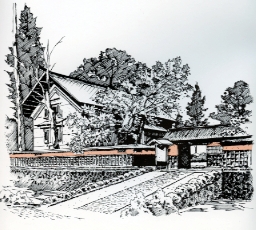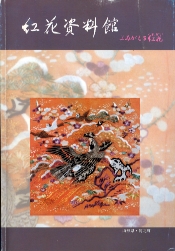The Benibana Museum (The Safflower Museum)

Copyright(C) Kahoku Town 2006
First published in 2007 by Yamagata University Library.
Yamagata University Library
1-4-12 Kojirakawa-machi
Yamagata Japan 990-8560
http://www.lib.yamagata-u.ac.jp/
This pamphlet is a translation of "The Benebana Musesum" published by Kahoku Town in 1994.
English translation was prepared by Masanobu Hayakawa, Emertius Professor, Yamagata University.
The publisher has permission to translate and publish from copyright owner.
